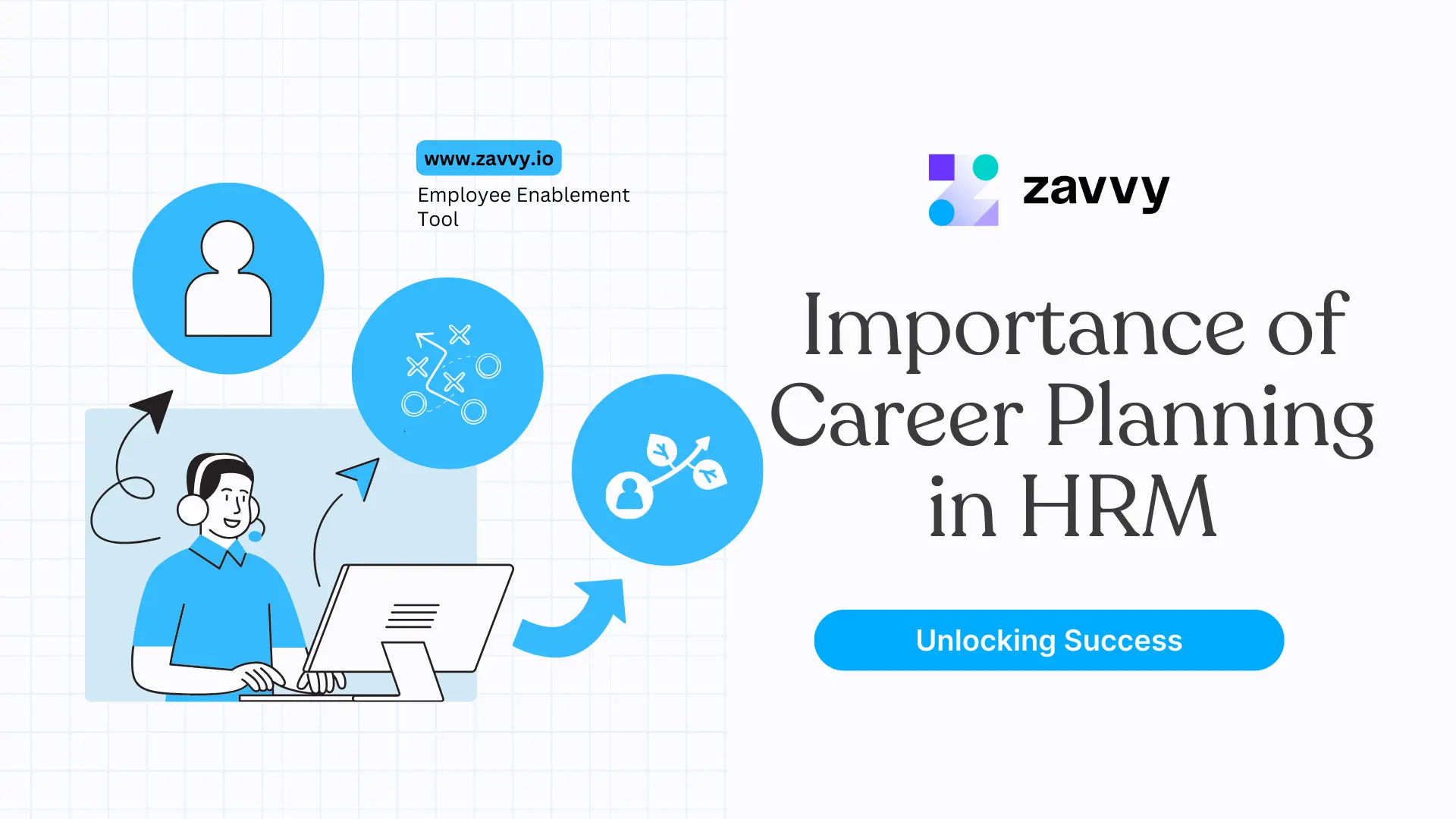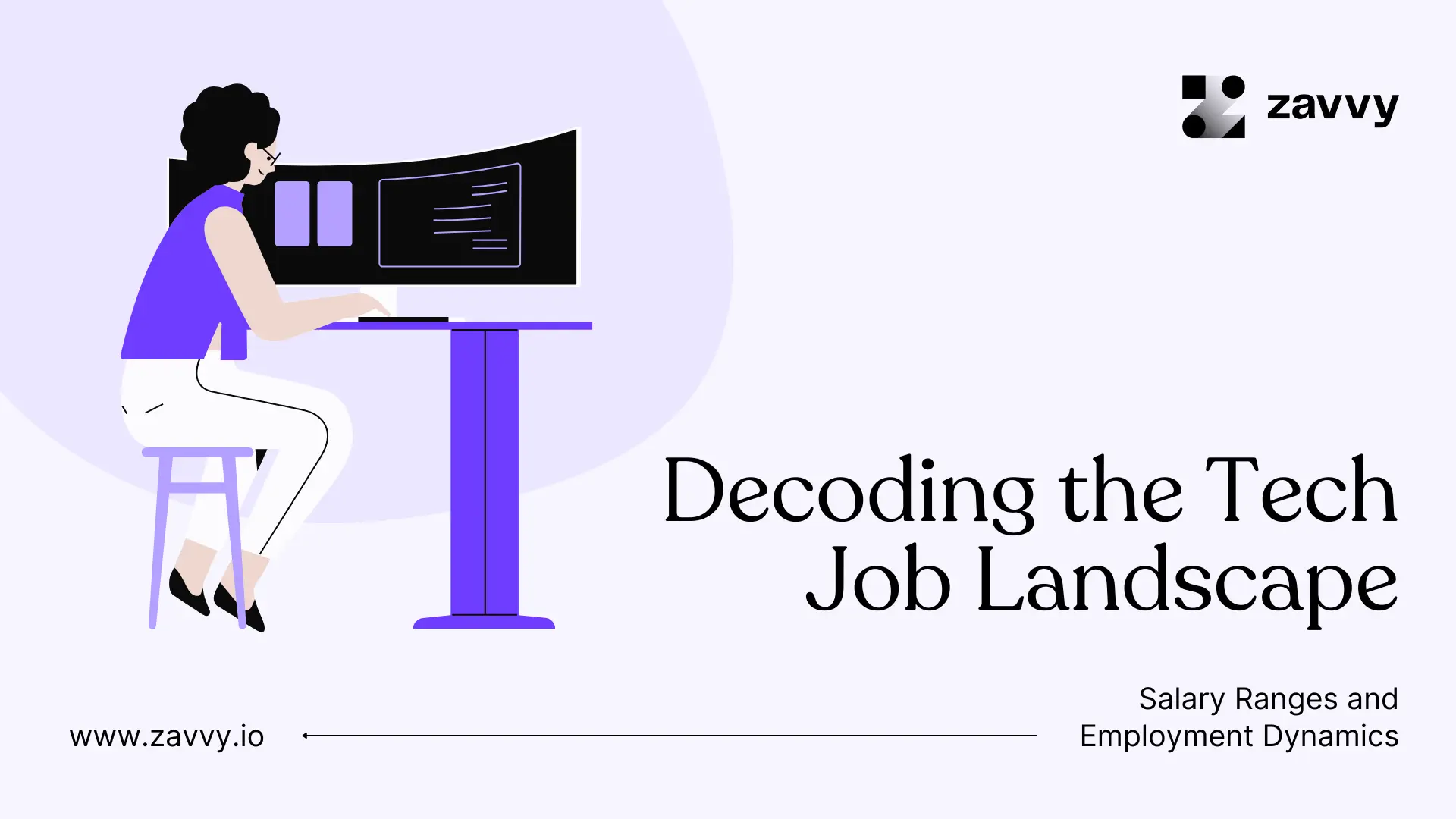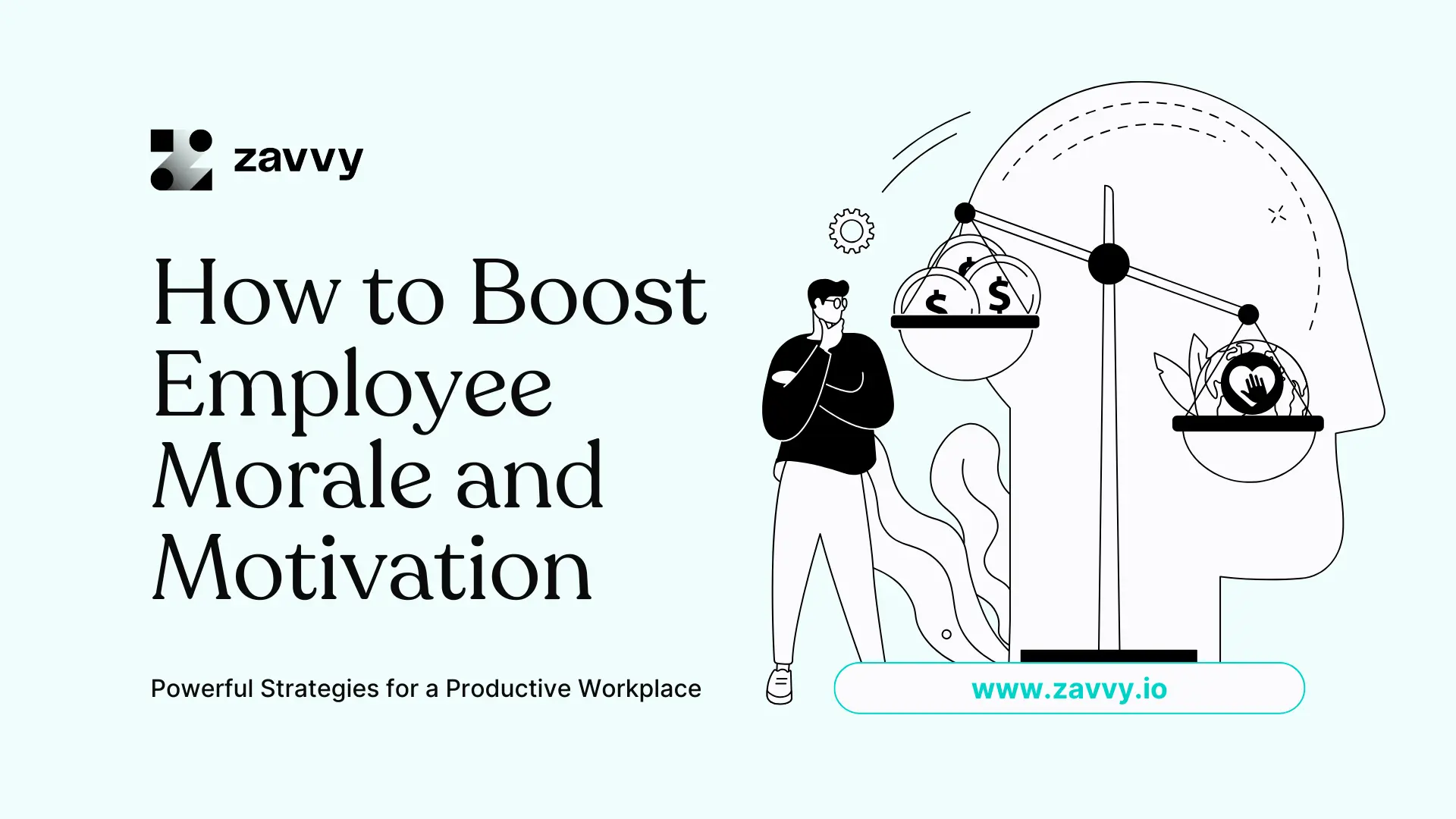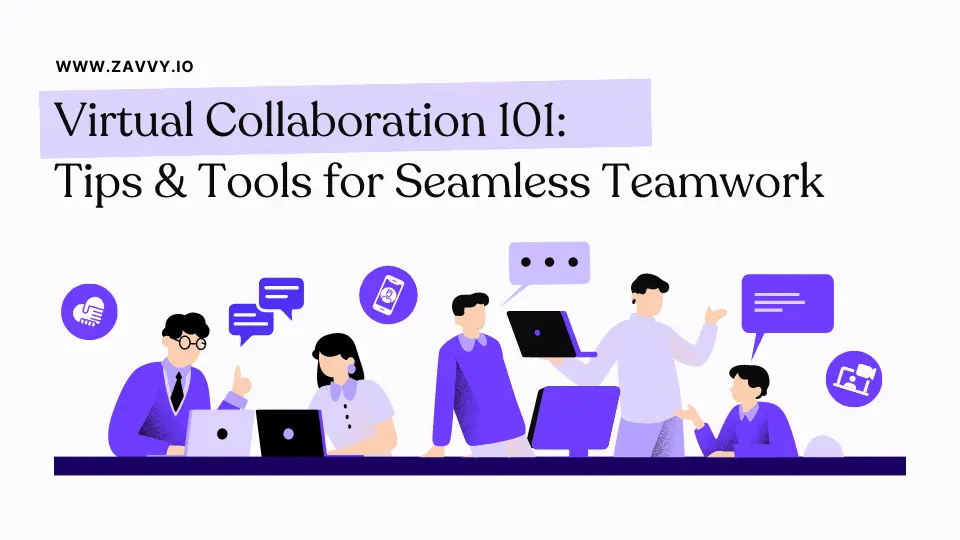
9 Performance Management Trends: How Will You Boost Performance in the Evolving Workplace?
Zuletzt aktualisiert:
4.1.2024
Lesezeit:
11 minutes
última actualización
4.1.2024
tiempo de lectura
11 minutes
Last updated:
January 4, 2024
Time to read:
11 minutes

"In the future of work, performance management will need to adapt in order to keep up with the changing workforce," advocates Srikant Chellappa, President of Engagedly. "With so many developments happening ... performance management needs to change."
And recent years have certainly seen some developments—pandemic lockdowns, remote working, the rise of communication platforms, and significant business disruptions, just to name a few.
How has performance management at your organization been keeping up?
This article will look at today's most significant trends in performance management. These are the shifts you need to be aware of—and get ahead of—if you want to maximize the potential of your people through performance management in an ever-changing workplace.

🔄 5 Factors contributing to the evolution of performance management systems
A high-performance culture underpins success at organizations—it sets up the environment for harnessing talent and producing exceptional outcomes.
Organizations need to sustain their performance culture to thrive in a changing workplace environment by evolving their performance management systems in response to five key factors.

More remote and hybrid working
The recent pandemic has hastened the shift toward more remote and hybrid working.
A survey by Kings College found that 61% of London workers were working remotely or hybrid post-pandemic, and most don't want that to change.
The change has been even more significant for younger workers, with 64% working remotely or hybrid post-pandemic. However, they were the least likely to do so before the pandemic.
Greater reliance on freelancers
As workplaces become more flexible and adaptable, the role of freelancers has become more prominent.
Organizations benefit by having access to a more flexible and adaptable workforce through freelancers from different platforms, such as Upwork vs Fiverr.
"[F]reelancing [is] a powerhouse resourcing option of extreme benefit to large corporates as well as younger, more entrepreneurial enterprises." Steve King of Emergent Research and John Winsor of the Center for the Transformation of Work.
And surveys show that freelancers like what they do, with two-thirds satisfied with their careers and 40% of US full-time employees having a freelancing side gig.
"[T]he freelance revolution is, if anything, ahead of schedule," suggests Jon Younger in a Forbes article.
Higher turnover
Job retention—how to retain, motivate, and grow your people—will be an important feature of performance management in the future.
Gallup research has found that over 20% of Millennials changed jobs within the past year, a number that's three times more than for non-Millenials.
Job-hopping is prevalent among younger workers, but it's also on the minds of older workers. For example, 40% of non-Millenials aren't confident about being in the same job in a year.
What does this mean for employers?
Changing demographics
By the mid-2020s, millennials will make up three-quarters of the US workforce.
But 2025 is close, and millennials are unsatisfied with traditional performance management approaches.
Instead, they want more real-time feedback, better communication, more personalized performance appraisals, and solutions that leverage technology.
Therefore, a significant priority for organizations will be to evolve their performance management systems. They need to cater to (what will soon be) the dominant demographic of their workforce, i.e., Millenials.
The rising importance of well-being
The relationship between employees and their workplaces is changing. Empathy, well-being, and personal growth are becoming dominant factors in employee morale, motivating employees, and connecting them with their workplace.
Tip: Make sure your organization prioritizes well-being in a way that engages your people, or you risk losing them to other organizations.
➡️ Effective performance management is essential for your business success—check out these 17 methods to improve employee performance at your organization.
📈 9 Trends in employee performance evaluation
Performance management is evolving: here are 9 of the most important trends that are shaping its direction.

👀 A holistic approach to performance
Traditional performance reviews use feedback in one direction—from managers to their direct reports—resulting in a single perspective on performance evaluations (i.e., the manager's).
While straightforward, this approach has a narrow scope and is subject to manager biases.
360 degree performance reviews offer a broader, more holistic approach:
- They feature feedback in multiple directions—from colleagues, managers, direct reports, customers, and senior leaders—bringing several perspectives to evaluations.
- They are less subjective and more candid (as feedback is anonymous).
- They are also more comprehensive than traditional performance reviews.
➡️ Want to learn how 360 degree performance reviews can make a difference in your organization? Check out our comparison between 360 degree feedback and performance appraisals to break it down.

Organizations small and large, including Netflix and General Electric, have been adopting 360 degree reviews. They take more time and effort but generate more honest and helpful feedback for performance evaluations.
📽 Want to discover the key to Netflix's successful performance management system? We got you!
💡 You will also find out concrete ways to implement Netflix's best practices in your organization.
🖥️ The impact of hybrid work
One thing that's become apparent in the early 2020s is that more employees are now working remotely and hybrid.
Not all organizations are supportive, however. Tesla, for instance, has asked their people to spend at least 40 hours at the office weekly.
But recent statistics on remote work show that most employees see things differently—97% would like to work remotely for the remainder (or part) of their careers. Also:
- 57% of employees who've returned to the office say they prefer working from home (Owl Labs).
- 87% of people work flexibly (i.e., remotely or hybrid) when given the option (McKinsey).
- 58% of younger employees are considering a shift to hybrid work in the year ahead (Microsoft).

So, despite reservations from a few employers, the evidence suggests that hybrid and remote work are here to stay.
Many desk-based roles can be performed remotely, and several employers embrace this by giving their people remote work options.
For those organizations concerned about how remote work affects relationships, leadership, and communication, there are solutions and nudges that can help, including:
- Regular check-ins using workplace messaging apps, e.g., Slack, Teams, or Basecamp.
- Tools for the remote onboarding of new hires, leadership training through micro-learning
- Engagement programs such as Zavvy's Conversations That Matter.
🔁 Monitoring and tracking performance through continuous feedback
Feedback isn't new, but the way it's given and received is evolving.
While one-way, formal, and infrequent feedback (e.g., annual reviews) has dominated in the past, the future of feedback is about a continuous exchange of information and regular check-ins.
The older ways of feedback have not been working well.
Studies have shown that only 2% of companies feel their traditional performance management approach delivers exceptional value.
Continuous employee feedback, instead of (or alongside) annual performance reviews, supports a real-time environment of frequent feedback for improving and growing your people.
It "enhances the employee experience," says Jessica Kriegel, Chief People and Culture Officer at Experience.com.
It also leads to better performance monitoring as it "allows real-time communication between employees, managers, and HR so that the data and processes that are critical to the company and employee growth can be managed in one place," adds Kriegel.
➡️ Need help in giving and receiving effective feedback? Discover which type of feedback is most helpful for your people and how to make it constructive.

🎯 Emphasis on goal alignment
By directly linking employee effort to your organization's goals, goal-setting and feedback conversations are more meaningful, according to Gartner. The following shifts are promoting a stronger alignment between performance and outcomes when setting employee performance goals:
- Personal context: Integrate personal goals, such as well-being or learning skills, whether or not they're directly related to work.
- Adopt a project-based framework: Evaluate your people based on project outcomes rather than time spent on the job, forming explicit linkages between outcomes and compensation.
- Set clear, purposeful goals: Articulate well-defined goals by making them SMART, i.e., specific, measurable, achievable, realistic, and timely.

📈 Using real-time performance data
Data management and analytics are becoming more available and useful for organizations in all aspects of their operations, and performance evaluation is no exception.
"The manager is an unreliable source of employee evaluation, and research has proven this.
Improved analytics should take more of performance evaluation out of the hands of managers to help them focus on things where they can have a much greater impact", explains Jason Lauritsen, a leadership and management expert.

By using data gathered in real time, organizations are evaluating their people in a more timely and effective manner by:
- Promoting evidence-based assessments: Data-driven decisions form an objective basis for monitoring how your people are performing and help "optimize performance, motivation, and development," says Jessica Kriegel.
- Enhancing reporting: Tools like dashboards with analytics and visuals give you a more insightful and versatile way to monitor your people's performance.
- Facilitating better talent management: Companies with effective talent management programs are six times more likely than others to report higher returns, according to McKinsey. With performance monitoring being a hallmark of strong talent management, timely and data-rich performance monitoring leads to better talent management and succession planning outcomes for organizations.
- Minimizing biases: Feedback bias can severely impact the output of your people. Deloitte's research shows that over two-thirds of employees experience reduced productivity, lower engagement, and diminished well-being due to bias. Real-time performance data increases the transparency, understanding, and objectivity of performance monitoring, reducing actual and perceived biases.
🤖 Taking advantage of technology
Businesses are leveraging technology to be more productive and efficient, save time and money, and automate workflows. For example, in performance management, you can use technology to:
Automate employee feedback
Automation can capture, store, track, and manage all feedback given and received.
Feedback automation will bring several benefits, including improved efficiency, enhanced security, better productivity, access to real-time data, and more qualitative and comprehensive feedback insights.
Leverage artificial intelligence (AI)
"Within the next decade, it is likely that ~50% of organizations will have HR technology that is providing daily recommendations based on machine learning/AI," predicts Stacey Harris, Vice President of Research and Analytics at Sierra-Cedar.
Machine learning and AI are already helping many firms identify and automate opportunities for learning and growth.
Betterworks, for instance, uses AI to prompt peer feedback based on data about employee interactions, habits, and workflows. Another firm, Litmos, uses AI to assign personalized learning programs based on competency skills gaps. These AI-based techniques are scaled and carried out due to the collection of high-quality training data.

Facilitate employee development and engagement
Managers use applications like Zoom, Slack, or Teams to connect with their people and oversee their development. This is becoming especially important for collaborating between hybrid or remote teams, reflects Rachel Roff, CEO of Urban Skin RX.
Deploy self-service platforms
Performance management software managed in the cloud helps create a self-service experience for employees. User-friendly mobile apps, for instance, allow people to check their leave balance, monitor their KPIs, and access feedback notes directly.
Support mental health and wellness
Technology can boost employee well-being through automated "nudges," check-ins on personal health goals, and access to mental health resources, such as assistance from a psychologist.

🧑🤝🧑 A separate focus on team performance management
Team performance rather than individual performance is getting more attention in organizations.
PwC has found that 63% of organizations see team performance increasing in importance in the coming years.
Prioritizing team performance is worthwhile because when teams perform well, everyone benefits:
- Your people will be more motivated, engaged, and happy.
- There will be less conflict and fewer performance issues among your people.
- Your organization and stakeholders benefit from increased productivity and better business outcomes.
Large organizations, such as General Electric and Adobe, have embraced a team-centric performance approach for these reasons.
🏆 New ways to recognize employees
Organizations are renewing their focus on ways to engage with and recognize their people, including:
- More personalization—Machine learning and AI enable personalized data on individual employee experiences (within privacy limits). Technology enables customized, more relevant, and meaningful employee recognition and reward offers.
- Stronger emotional connections—Organizations are recognizing the benefits of connecting better with their people and promoting a sense of belonging at work, particularly with remote employees. Recognition that goes beyond traditional work-related emails, for instance, by celebrating achievements outside work, creates a stronger emotional bond by acknowledging employees' interests and motivations.
"The most successful and memorable recognitions will ultimately be those experiences that align with an individual's sense of purpose, but are also authentic and personalized," explains Tanya Fish, Strategy Advisor at ITA Group.
- Innovative recognition ideas: As workplaces evolve, recognition needs to keep up with the changing preferences of employees to remain impactful.

Here are a few examples:
- Social media mentions: Make a public appreciation statement on platforms beyond the usual work-related networks.
- Mental and physical health support: Provide healthy snacks and drinks, subsidized access to wellness programs, and health-tech devices as gifts.
- Support charities and causes that your people care about.
- Offer increased flexibility to give your people more freedom to manage their work and personal lives.
- Give experiential rewards: Create memories for your people through experiences such as wine tasting, meals out, adventure activities, cooking classes, or live performances.
➡️ Looking for purposeful and motivating ways to recognize your people in a post-pandemic workplace? Check out these 42 meaningful employee recognition ideas to show appreciation and boost engagement.
🧑 The ongoing humanization of performance management
There's a common theme in many of the trends we've discussed—the personal and human aspects of performance management.
Designing more empathetic performance ratings, learning new skills, focusing on circumstances outside of work, and prioritizing wellness goals, will be "especially important to attract and retain high performers looking to grow their career," suggests Gartner.
Beyond this, a more human-centric employee value proposition (EVP) reflects the changing relationship between people and their work, argues Carolina Valencia, VP at Gartner, as "work is a subset of life, not separate from it."

A more human-centric EVP can increase employee satisfaction by 15%, according to Gartner, by emphasizing:
- Deeper connections between employees and their communities, not just work relationships.
- Radical flexibility in all aspects of work, not just when and where people work.
- Personal growth beyond professional growth.
- Holistic well-being through offers that genuinely make employees feel cared for.
- Shared purpose by championing actions and causes that employees relate to.
➡️ Stay ahead of performance evaluation trends with Zavvy
At Zavvy, we know how workplaces are evolving, and we have the tools to bring the best elements of contemporary performance management to your organization.
These include:
- Performance survey templates featuring science-based designs that collect high-quality data and reduce biases.
- Highly customizable 360 degree feedback software that's easy to set up and use.
- Advanced anonymity settings to help you manage which feedback should be anonymous and which should not.
- Insights to enhance 1:1 interactions.
- Feedback systems that account for competencies, culture, and teamwork.
- Performance development solutions to drive numbers instead of merely assessing them
- Systems that deliver enhanced onboarding experiences for your people.

By combining world's-best HR practices with our proprietary, innovative technology, Zavvy has the tools and systems to enhance the performance management function at your organization.
Performance management is foundational for your organization's success—you can't afford to let it fall behind!
Book a free 30-minute demo to see how to bring out the best in your people through performance management that stays ahead of an evolving workplace.

Read next
Als Nächstes lesen
No items found.
No items found.
.png)
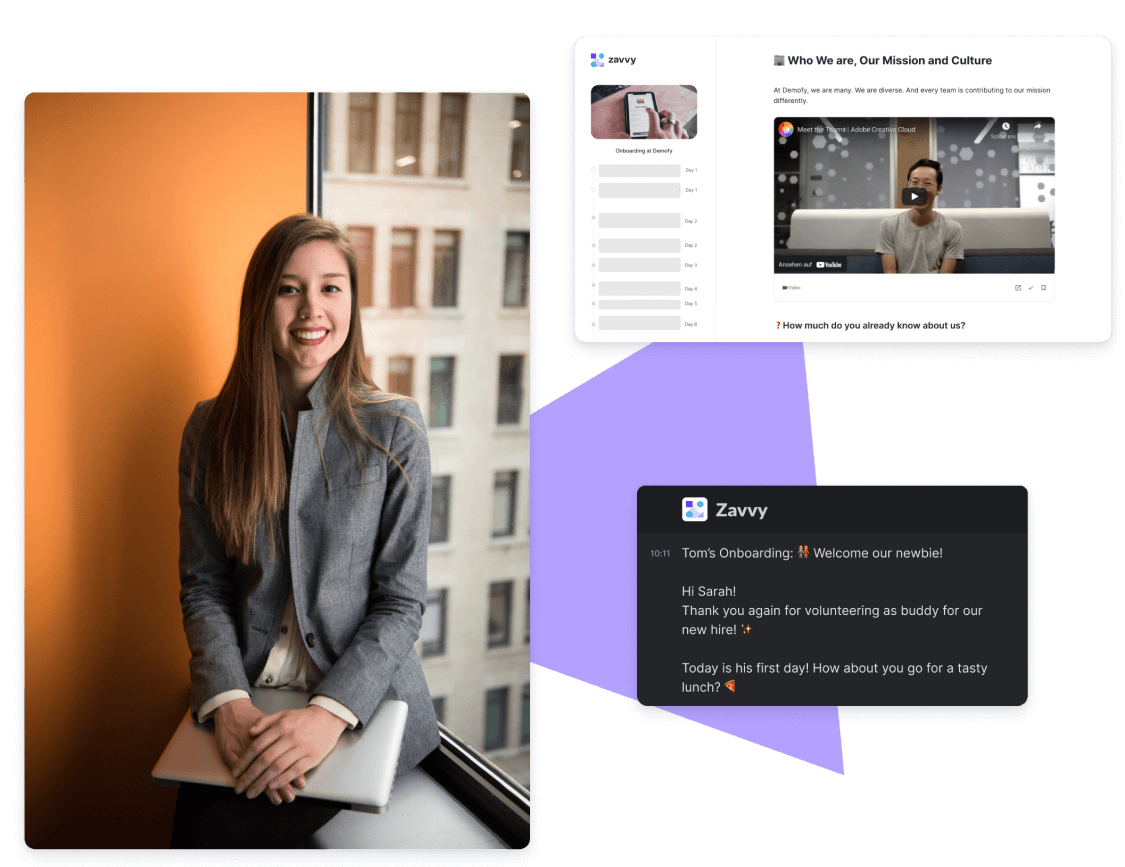



















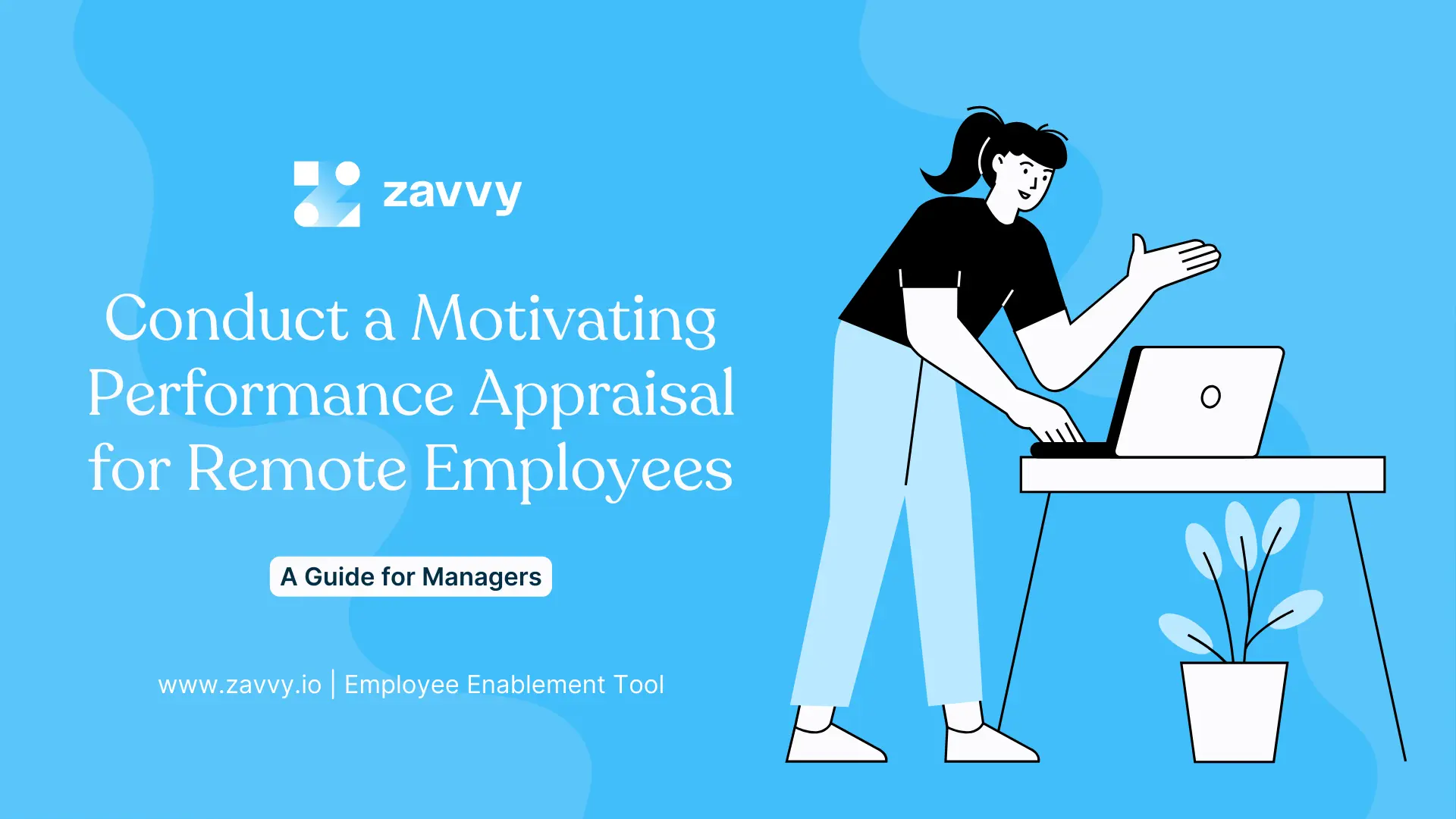
.png)







